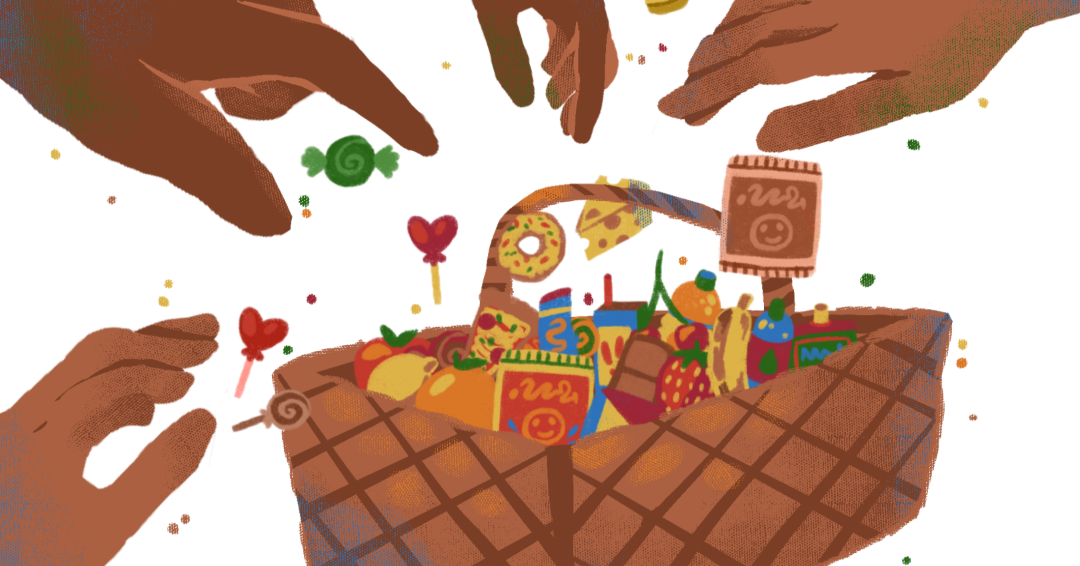During the 12-minute breaks between classes, students will rush from their classrooms to the designated snack tables, hoping that they’ll be the first to get a snack. Chances are, the good snacks are already gone; the only option being the ones no one wants. Either that, or the nearest snack table has moved, and or no one is there handing out snacks.
“[When putting out snacks] I’m mostly eyeballing it based on how many I have left. I fill up the little basket and if I have a lot on hand, I’ll hand them out,” said assistant principal Sean Saxton. “The more popular ones are gone in seconds, so we administrators joke that [the students] are like a school of piranhas.”
The promise made by Susie Orsborn to provide snacks during the break between classes was for students to not go hungry, but often many have ended up going without a snack. The lines are unsteadily long, wild, and lots of shoving happens. There are not enough snacks in the bins to accommodate all of the hungry students.
“We are limited by the budget so we can’t afford to give every kid a snack at every break. We probably could but we would have to find something much cheaper,” Saxton said.
Some teachers, like accounting teacher Joey Running, are trying to help bridge the gap with their own approach to the matter by paying for snacks out of pocket so their students don’t go hungry.
“I have snacks available for my current students but other students that have been here know I have them so they come in and I share,” said Running. “I think it’s really important for students not to have to deal with hunger while they’re in classes. So, if a little snack [can] get them through a break until another break or lunch, it helps them focus better in their classes.”
Marketing teacher Morgan Wadlow shared her experiences as well.
“I feel like I can get easily taken advantage of by kids who don’t need it or they become dependent on me because they forget their food, so they stress out and come to me because they know I have snacks,” said Wadlow.
There are often few alternatives and approaches students, themselves, can take to combat hunger. They can bring snacks from home, wait it out until lunch, or buy something at Bulldog Corner, a store for the students—which is run by marketing students.
“We have a student body that wants [Bulldog Corner],” said Wadlow. “We want them to not be tempted to leave campus to get snacks and drinks.”
Which means students have no choice but to figure out how to get their own snacks or stomach the long classes until lunch. There just isn’t enough money in the budget to provide snacks for them all. The only other option would be if the student body can all come to agreement and eat the less expensive snacks, but who wants to do that?





